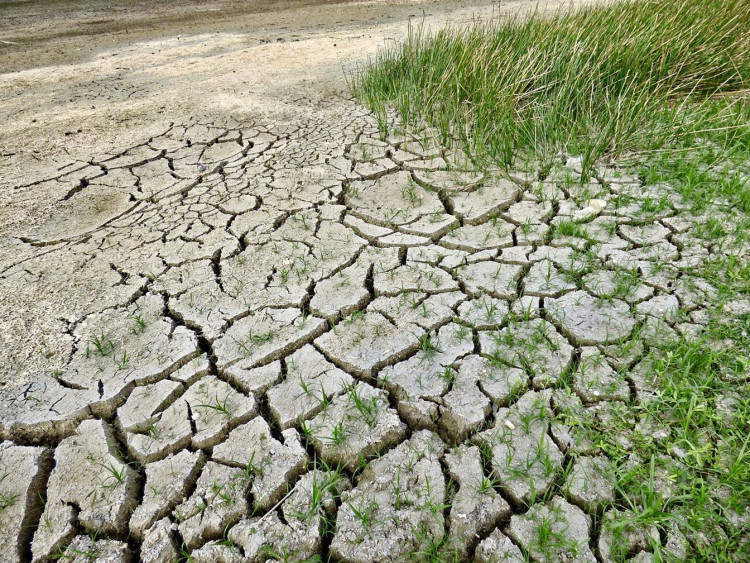The 10 years between 2010 and 2019 were the hottest on record since climate data collection began in the mid-1800s, according to "State of the Climate in 2019" published this week by the American Meteorological Society.
The report says 2019 saw the second hottest month on Earth. Asia had its third-warmest year.
Greenhouse gases in the Earth's atmosphere are now at their highest, the report said. The planet will keep on warming as a result of human neglect of the environment, it said.
"Each decade since 1980 has been successively warmer than the preceding decade with (2010-2019) being around 0.2 Celsius warmer than (2000-2009)," the report said. "As a primary driver for our changing climate the abundance of many long-lived greenhouse gases continues to increase."
Extreme events such as wildfires, heatwaves and droughts are linked to unrelenting warming and climate change. The rise in temperatures is linked to another climate indicator: the continuing increase in greenhouse gas emissions - notably carbon dioxide, nitrous oxide and methane. These three gases are responsible for the relentless worldwide warming, the report said.
Worldwide CO2 concentrations, which represent the bulk of the warming power of greenhouse gasses, rose to a record 409.8 parts per million in 2010. This was the "highest in the modern 61-year measurement record as well as the highest ever measured in ice core records dating back as far as 800,000 years," the report said.
Asia's third warmest year on record, 2019, saw the continent record average temperatures 1.68C above the 1910-2000 average. Only the years 2015 and 2017 were warmer, the report said. Asia's five warmest years have all occurred since 2007. Asia's trend from 1910-2019 was 0.16C higher each decade.
The effects of the increase in greenhouse gas emissions can be seen in land and ocean surface temperatures in 2019. These were 0.95C higher than the 20th century average. The report said 2019 was the 43rd consecutive year since 1977 where land and ocean temperatures were above average. The five warmest years from 1880 to 2019 all occurred since 2015. Nine of the 10 warmest years have occurred since 2005.
"The view for 2019 is that climate indicators and observations show that the global climate is continuing to change rapidly," one of the report's lead editors Robert Dunn said.
Dunn said the average temperature for the planet was the simplest climate indicator through which to view the changes taking place. He said 2019 was one of the top three warmest years dating back to 1850.
The six warmest years on record have all occurred since 2014 with 2019 among the three hottest years since records began. Only 2016 was warmer.
In 2019 average sea surface temperatures were the second highest. Only 2016 was hotter.
Sea levels rose to a new high for an eighth consecutive year. Surface air temperatures in the Arctic were the second highest in 120 years of records. In the Antarctic 2019 was the continent's second warmest year since 1979. Glaciers continued to melt for a 32nd consecutive year.
Record high annual temperatures over land surfaces were measured across parts of central Europe, Asia, Australia, southern Africa, Madagascar, New Zealand, North America and eastern South America.






